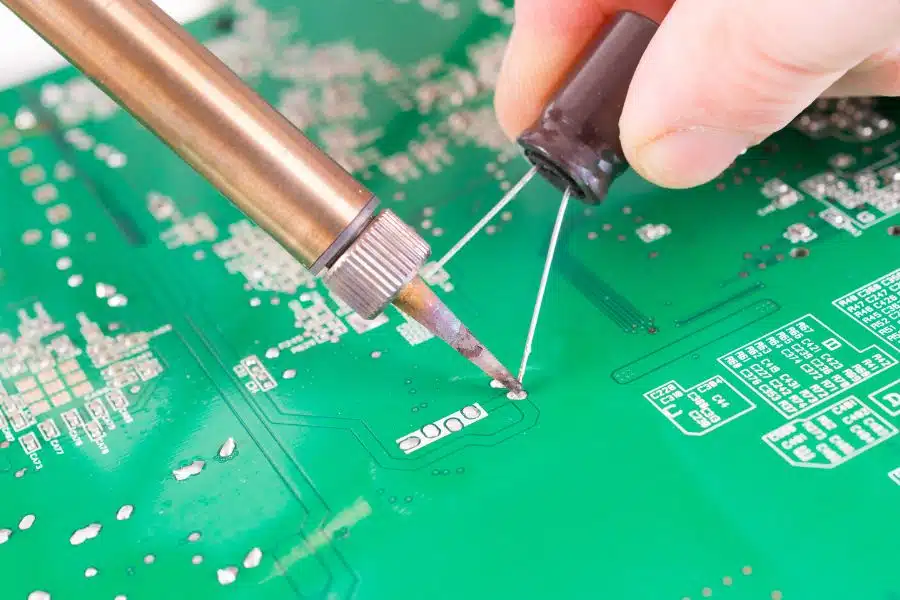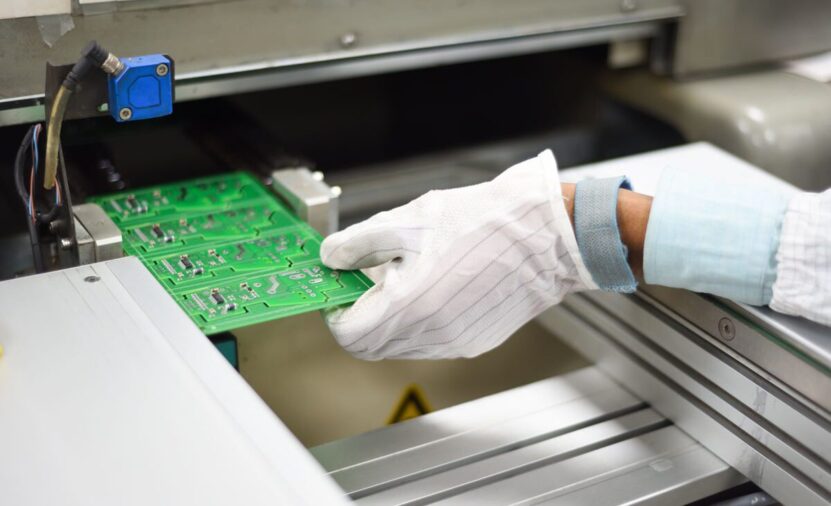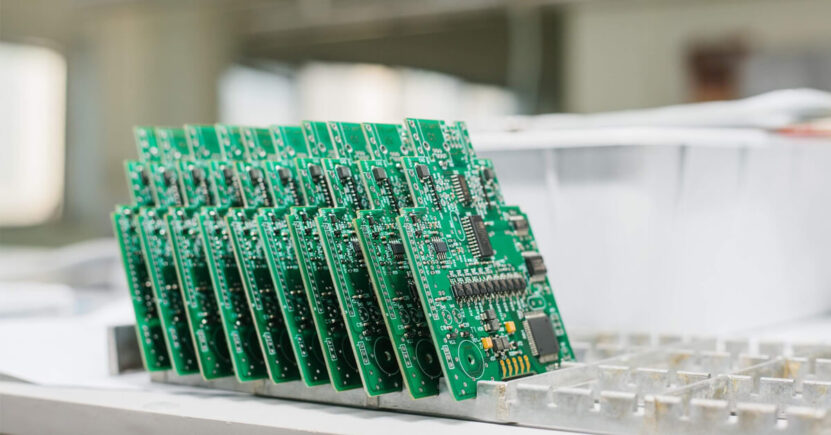Printed Circuit Boards sit at the heart of almost every modern electronic device, from smartphones and smart meters to automotive systems and industrial controls. While PCB design is often discussed, the real magic happens during PCB assembly, where bare circuit boards are transformed into fully functioning electronic assemblies.
This process requires precision, consistency, and expertise, making it an essential stage in the electronics manufacturing lifecycle.
In this guide, we explore what PCB assembly involves, the techniques used, the benefits for manufacturers, and the industries that rely on it. Whether you are part of an engineering team, a product developer, or a business leader exploring outsourced electronics manufacturing, understanding the fundamentals of PCB assembly will help you make informed decisions about your production requirements.
What Is PCB Assembly?
PCB assembly refers to the process of mounting electronic components onto a Printed Circuit Board to create a working electronic device or sub-assembly. While PCBs themselves consist of copper tracks and insulating layers, they do nothing until populated with components such as resistors, diodes, integrated circuits, connectors, and sensors.
The assembly stage completes the electrical pathways and enables the board to perform its intended function.
For more information, you can visit PCB Assembly.
Surface Mount Technology

Surface Mount Technology is the most widely used PCB assembly method. Instead of inserting component legs through drilled holes, SMT components are placed directly onto the board’s surface using solder paste. The process begins with applying solder paste to the pads via a stencil. Automated pick-and-place machines then position components with remarkable speed and accuracy.
Finally, the board passes through a reflow oven where the solder melts and forms reliable electrical joints.
SMT enables higher component density, improved performance, and smaller, lighter electronic products. It also supports greater automation, enhancing precision and keeping manufacturing costs under control.
Through-Hole Technology
Through-hole assembly involves inserting components with leaded legs through pre-drilled holes. This older but still widely used method provides strong mechanical bonds, making it ideal for components subject to stress, such as connectors, transformers, and large capacitors.
Although through-hole assembly is more labour-intensive than SMT, it remains vital for many industrial and high-reliability applications, including aerospace, defense, and power electronics. Mixed technology boards, which combine SMT and through-hole components, are common in complex product designs.
The PCB Assembly Process

The full PCB assembly workflow typically includes several key stages:
- Solder paste application ─ A fine layer of solder paste is applied precisely onto component pads using a metal stencil. This ensures the exact amount of solder is present for secure bonding.
- Component placement ─ Pick-and-place machines use high-speed cameras and automated control to position components correctly. Even boards with thousands of components can be populated with exceptional accuracy.
- Reflow soldering ─ In SMT assembly, the board is heated in a controlled environment until the solder paste melts and forms strong electrical connections. Once cooled, the solder solidifies, securing each component.
- Wave or hand soldering ─ Through-hole components often require wave soldering, where the underside of the board passes over a wave of molten solder. More intricate components may be hand-soldered by skilled technicians.
- Inspection and testing ─ Quality control is essential. Manufacturers use Automated Optical Inspection and X-ray inspection to identify soldering issues, component misalignment or hidden defects. Functional testing also ensures the board performs as expected.
Each stage contributes to producing a board that meets the required electrical, mechanical, and safety standards.
Benefits of Professional PCB Assembly

Choosing a reliable PCB assembly partner offers several advantages:
- Precision and reliability ─ Modern manufacturing equipment guarantees accurate placement, consistent soldering, and minimal defects. This is especially important in high-performance and safety-critical products.
- Scalability ─ A good assembly provider can support everything from low-volume prototypes to high-volume production runs. This flexibility helps businesses grow without needing to invest in expensive equipment.
- Cost-effectiveness ─ Outsourcing assembly reduces labour costs, eliminates the need for specialist machinery, and lowers the risk of production errors. Efficient processes often lead to quicker turnaround times and greater value.
- Access to expertise ─ Skilled engineers and technicians can advise on design for manufacturability, component selection, and production optimisation. This ensures smoother production and stronger end results.
Industries That Depend on PCB Assembly

PCB assembly is crucial across almost every sector, but several industries rely on it more than most:
- Consumer electronics ─ Everything from home appliances to wearable devices relies on densely packed, highly reliable PCBs.
- Automotive and transport ─ Modern vehicles contain advanced electronics for safety, navigation, communication, and engine control, all of which depend on high-quality assembly.
- Medical devices ─ Precision, cleanliness, and reliability are critical in patient-monitoring equipment, diagnostic tools, and medical wearables.
- Industrial automation ─ Sensors, controllers, robotics, and factory machinery depend on durable, high-performance assemblies.
- Telecommunications ─ Networking equipment, antennas, and wireless systems require highly complex PCB assemblies capable of handling data at high speeds.
Final Thoughts
PCB assembly is a vital link between electronic design and a finished, functioning product. From advanced SMT processes to robust through-hole techniques, the quality of assembly work directly influences performance, reliability and product lifespan.
For companies looking to bring electronic products to market efficiently and to a high standard, working with an experienced PCB assembly provider can make a significant difference.
To stay competitive in today’s fast-moving technology landscape, manufacturers must rely on PCB assembly processes that deliver precision, consistency and long-term reliability. As devices continue to shrink in size while increasing in capability, the need for advanced assembly techniques becomes even more essential.
High quality PCB assembly not only improves product performance but also reduces the likelihood of costly failures in the field. With the right manufacturing partner, businesses can streamline production, accelerate time to market and ensure every electronic product meets the expectations of modern users. This makes professional PCB assembly a strategic investment for any organisation.

